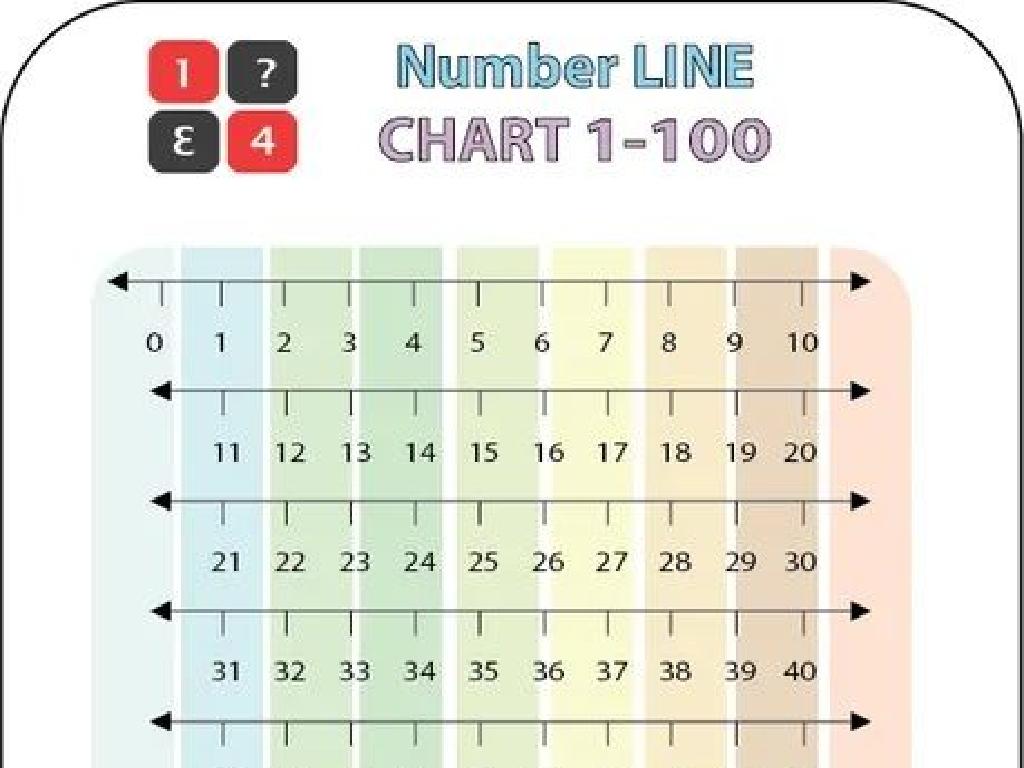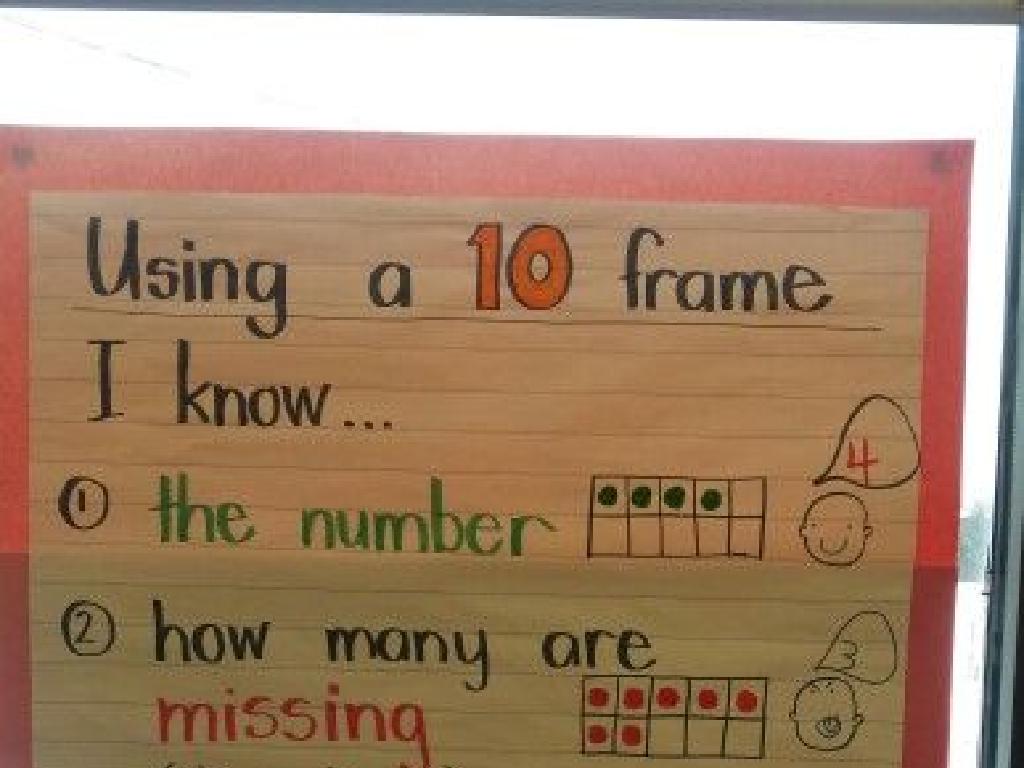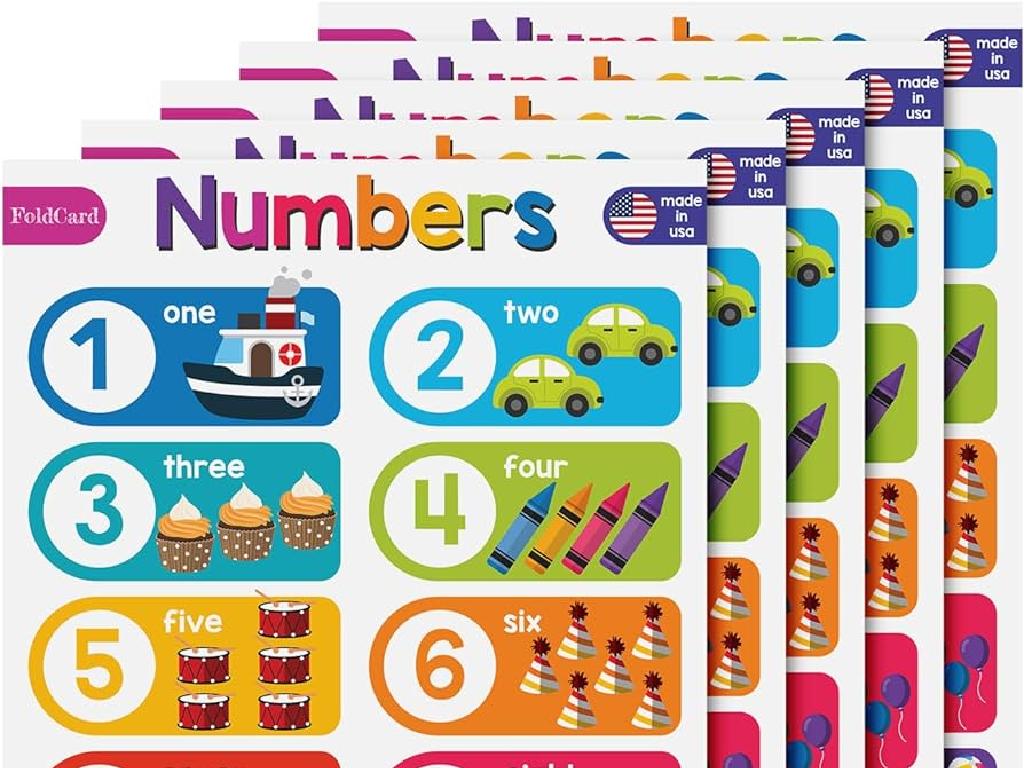Capitalize The First Letter Of A Sentence
Subject: Language arts
Grade: First grade
Topic: Capitalization
Please LOG IN to download the presentation. Access is available to registered users only.
View More Content
Welcome to Capitalization!
– Learning about big letters
– Big letters start sentences
– Every sentence starts with a big, important letter.
– Capital letters are big letters
– ‘Big letters’ means the same as ‘capital letters’.
– Practice using capital letters
– We’ll write sentences with capital letters together.
|
This slide introduces first graders to the concept of capitalization, specifically the use of capital letters at the beginning of sentences. Emphasize that ‘big letters’ and ‘capital letters’ are the same thing. Use examples on a whiteboard or chart paper to show sentences that start with both lowercase and uppercase letters, and ask the students which one is correct. Encourage them to always start their sentences with capital letters. Plan a classroom activity where students can practice writing sentences on their own or on the board, ensuring they start with a capital letter. This will help reinforce the lesson and give them the practical experience they need to grasp the concept.
What is a Sentence?
– A sentence is a group of words
– A sentence shares a complete idea or thought.
– It starts with a big letter
– The first word of a sentence always has a capital letter.
– It ends with a period or question mark
– Look for a ., ?, or ! at the end of a sentence.
– Let’s see some examples!
– ‘The cat naps.’ or ‘Are you hungry?’
|
This slide introduces the concept of a sentence to first graders. Emphasize that a sentence is not just a random collection of words, but it must convey a complete thought. Highlight the importance of starting every sentence with a capital letter, which is a visual cue that a new thought is beginning. Also, point out the punctuation marks that typically end a sentence: a period for statements, a question mark for questions, and an exclamation mark for strong feelings or commands. Use simple and clear examples to illustrate these points. Encourage students to practice by identifying the capital letter and end punctuation in sentences from their favorite books.
Meet the Capital Letters
– Capital letters are big letters
– They mark important things
– Like names and places
– Starting sentences with Capitals
– Every sentence starts with a big letter
– Spotting ‘A’ vs ‘a’
– Notice how ‘A’ is taller than ‘a’?
|
This slide introduces first graders to the concept of capital letters. Emphasize that capital letters, also known as uppercase letters, are just larger forms of the same letters they already know. They are special because they are used at the beginning of sentences and for important things like the names of people and places. Encourage the students to observe the visual difference between a capital ‘A’ and a lowercase ‘a’ by showing them examples on the board or in a book. You can make this interactive by asking the students to draw both versions of the letter ‘A’ on a piece of paper or find examples in a text. This will help them recognize and understand the use of capital letters in writing.
Capital Letters in Sentences
– Every sentence starts big
– Sentences begin with a capital, like ‘The dog ran fast.’
– Spot the big first letter
– Look at examples and see the first big letter in each.
– Practice finding big letters
– We’ll circle the big letters at the start of sentences.
– Capital letters are important
|
This slide introduces the concept of capitalization at the beginning of sentences to first graders. Emphasize that every sentence starts with a capital letter, which is a ‘big’ letter. Show them examples of sentences and ask them to identify the capitalized first letter. Engage the students in an activity where they circle the first letter of printed sentences. Explain that using a capital letter to start a sentence helps the reader understand where a new thought begins. This foundational grammar concept is crucial for their writing skills development.
Why Do We Use Capital Letters?
– Capital letters start sentences
– Just like saying ‘hello’ to a new friend
– They make writing clear
– Like a clean, tidy room is easy to walk through
– It’s a signal to readers
– It’s like a reading traffic light saying ‘go’!
– Capitals show something new
– Like a new chapter in a storybook
|
This slide introduces the concept of capitalization to first graders by explaining the importance of capital letters at the beginning of sentences. Emphasize that capital letters are like a friendly ‘hello’ to start a conversation, making it clear that something new is beginning. Compare clear writing to a tidy room, which is easier to navigate, and explain that capital letters act as signals, much like a green light that tells us when to go. Lastly, relate capital letters to starting a new chapter in a storybook, indicating a fresh start. Encourage students to practice by writing sentences and pointing out the capital letters at the beginning. Use visual aids and interactive writing exercises to reinforce the concept.
Let’s Practice Capitalization!
– I’ll write sentences on the board
– Tell me which letter should be big
– We’ll correct sentences together
– We will make the first letter of each sentence big, as a team
– Remember: only the first letter!
– It’s like the letter is saying ‘hello’ at the beginning!
|
This slide is for an interactive class activity to help first graders understand the concept of capitalizing the first letter of a sentence. The teacher will write sentences on the board with lowercase starting letters. Students will be asked to identify which letter needs to be capitalized. Then, as a group, the class will correct the sentences, ensuring the first letter is uppercase. The teacher should emphasize that only the first letter of a sentence should be capitalized unless it’s a proper noun. Possible activities include: 1) Writing sentences with mixed capitalization for students to correct. 2) Having students write their own sentences and then swap with a partner to correct. 3) Creating a worksheet with sentences that need capitalization corrections. 4) Using a storybook and identifying sentences that start with a capital letter. 5) A game where students hold up cards with ‘big’ or ‘small’ letters to vote on sentence corrections.
Activity Time: Capital Letter Hunt!
– Be a detective: find the big letters
– Circle capitals on your worksheet
– Look for letters that are bigger at the start of sentences
– Partner up for the letter hunt
– Help each other in the search
– Two detectives are better than one!
|
This activity is designed to engage first-grade students in identifying capital letters in a fun and interactive way. Provide each student with a worksheet that contains several sentences. Encourage them to circle all the capital letters they find, emphasizing that these ‘big letters’ always appear at the beginning of sentences. Pairing up students allows them to collaborate and assist each other, fostering a team-working environment. As a teacher, walk around the classroom to offer guidance and ensure that every student is participating. Possible variations of the activity could include finding capital letters in a paragraph, capitalizing names of people and places, or even creating a game where students ‘hunt’ for capital letters around the classroom.
Celebrating Capital Letters!
– Congratulations on learning capital letters!
– Begin sentences with a big letter
– Every sentence starts with a capital, like ‘The dog barked.’
– You’re becoming capitalization experts!
– Keep practicing every day
– Practice makes perfect! Try writing your own sentences.
|
This slide is a conclusion to reinforce the lesson on capitalization. Praise the students for their hard work and remind them of the key takeaway: the first letter of a sentence should always be capitalized. Encourage them to feel proud of the progress they’ve made towards mastering capitalization. Provide an example of a correctly capitalized sentence to solidify the concept. Finally, motivate them to continue practicing by writing sentences on their own, which will help them remember this important rule.






